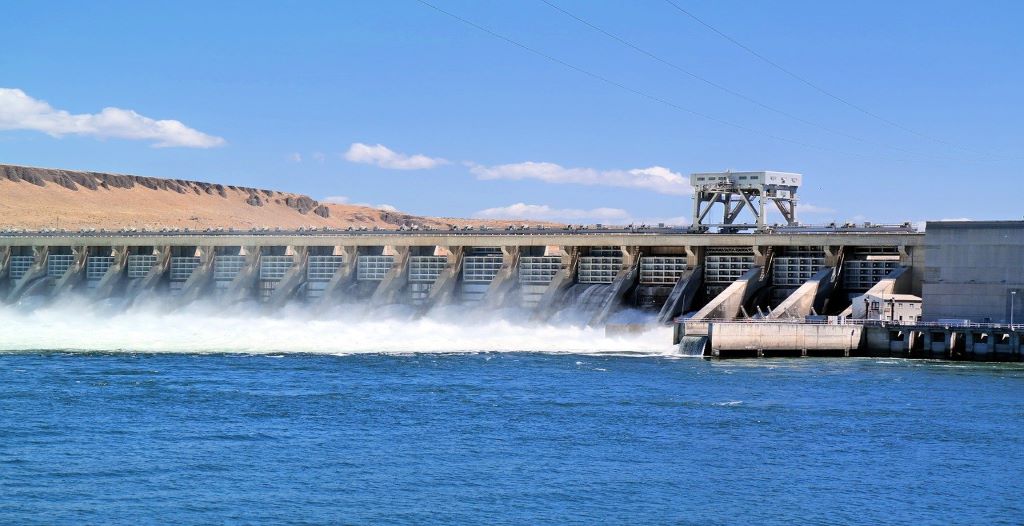Mission Bhagiratha is the dream project for many Indian people (rich to poor alike). It has been up for a long time, but the current status of the project is questionable as very few news articles cover the topic currently.
About Mission Bhagiratha
A safe water drinking project in the state of Telangana, Project Bhagiratha is the brainchild of the Chief Minister of Telangana State, K. Chandrasekhar with an approximate budget of ₹43,791 crores. The highly valued project was piped so as to provide clean and safe drinking water sourced from the River Godavari to nearly 2.32 crore people. About 20 lakh people from the urban areas and 60 lakh from the rural areas of state Telangana stand to get helped by this project. The project schemes in such a way so as to supply in bulk and was supposed to be completed by May 2018. The intra village or locality works were in progress in such a way that it was supposed to be completed by December 2018.
Also Read: What did France Gain from the Treaty of Versailles? Why was Italy Dissatisfied with This?
Who Introduced the Mission Bhagiratha?
The handiwork of Chief Minister K. Chandrasekhar and supported by the Prime minister of India Narendra Modi Mission Bhagiratha stands to be the largest ever water project in India to help rural and urban people of the hydration stricken state, Telangana.
Mission and Vision
The total project has been sub-divided into 26 segments comprising about 25,000 habitations with a total cost of ₹42,853 crores. The project was initially suspended after 2018 for lack of funds and has been restarted by Prime Minister Narendra Modi for the welfare of the general public.
The Working
The project’s plan is such that the rivers Krishna, Godavari, and other interlinked reservoirs are to be connected together to collect, store and supply treated drinking water in the state. Over 25,000 villages and about 65 towns stand to be benefitted from this. An approximate target has been set to provide 100 litres of drinking water per individual in the rural sector and 150 litres of potable water per person in the urban sector. After these, around 4 TMC has been planned for industrial use too.
Also Read: Fastest Hypersonic Cruise Missile in the World: Must-Know Things for UPSC IAS Preparation
Safety
According to the WHO (World Health Organization) for water to be considered fit for drinking, it must be free from microorganisms, chemical substances and radiological hazards that pose a threat to human life. The colour, odour, taste of the drinking water should also be of acceptable standards to prevent induction of placebo fear among households. It should also meet cultural standards, lifecycle, gender requirements too.
For ensuring safe water:
- 100 LPCD (litres per capita per day) for rural areas.
- 10% Quantity allocated to Industrial requirements.
- 10% of the water in all Irrigation sources reserved for Drinking Water.
- To provide each household with a tap connection.
- 135 LPCD for Municipalities.
- 150 LPCD for Municipal Corporations.
Accessibility and Affordability
For a developed state, it should be accessible within the vicinity of the household, educational institution or workplace. The accessible limit should be within 1,000 meters of the household and the transit time should not exceed 30 minutes.
The United Nations Development Programme(UNDP) states that the cost of it should never exceed 3 percent of the average household income.
Sources
Krishna River and its tributaries and reservoirs – 19.65 TMC
Godavari River and its tributaries and reservoirs – 16.62 TMC
Direct tapping from HMWS&SB Yellampally line – 3.00 TMC
Total supply of water – 42.27 TMC
Maintenance Cost
The government maintenance budget has estimated such that the contractor is supposed to take care of the entire network of supply for about 10 years and bear no extra cost to the government itself. It is supposed to be a win-win situation for both.
Method of Purification
The government has set up almost 150 water treatment plants, 62 pumping stations, 35,573 overhead service reservoirs, 27 intake wells. Electric motors and the pumping systems were outsourced from BHEL with highly advanced technologies.
Also Read: Farmers Bill 2020 Explained: Things to Know for UPSC IAS Exam Preparation
Stages of Mission Bhagiratha
According to the official statement, the project is networked among 26 segments in 32 districts.
Stages include:
- Outsourcing supply from major rivers and diverting them to purification plants.
- Purification of the raw water near the water bodies to avoid transportation leakage.
- Transport the treated liquid to all Overhead Service Reservoirs (OHSRs) and Sumps.
- Transport it through a secondary pipeline to habitations with the help of gravity. This saves power consumption due to pumping the water.
- Providing tap connections to each household for retail distribution of the water.
Conclusion
Mission Bhagiratha is now being built again in full swing and is one of the favourite questions for UPSC interview panellists. If you have any doubts regarding the information or any update to the same you can contact us below. For a free demo class for UPSC aspirants click here.
Also Read: What is the New Agriculture Bill 2020? Check-out these Must-Know Facts about APMC






